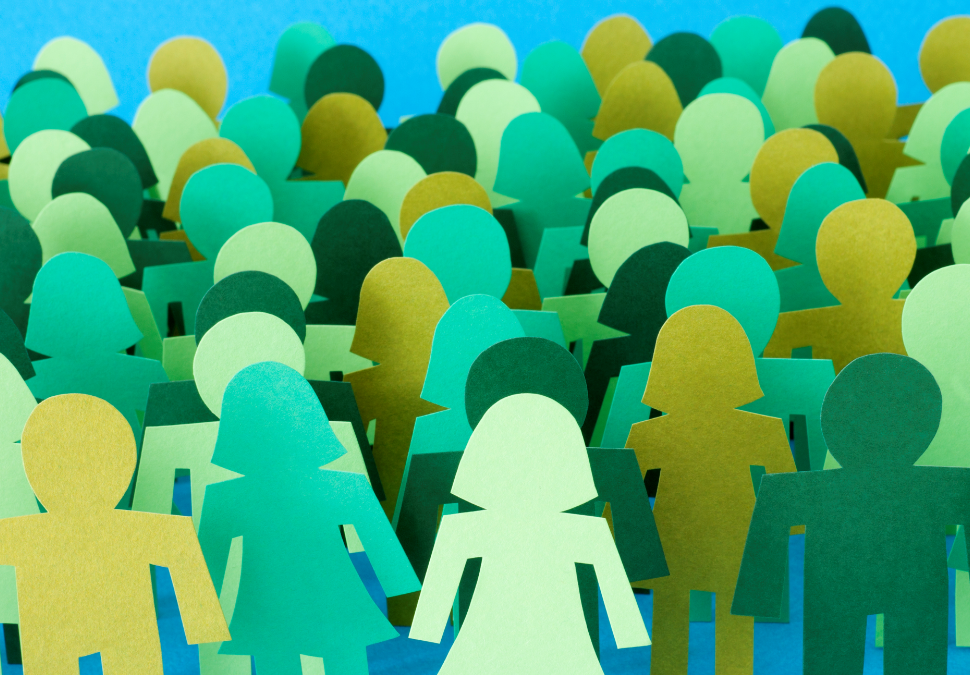The following graph from the economist Max Roser’s website, Our World in Data, shows us the time it took for the world’s population to double: in the year 837, there were 250 million humans on the planet. But it was not until 1543 that the population broke through the 500 million mark, and it reached the 1 billion by 1803. Things began to accelerate after then: 2 billion by 1928 and 4 billion by 1975, and estimates show that there will be 8 billion by 2024. And the United Nations calculate that this figure will rise to 11 billion by the end of this century.

The reason for the booming population since 1800 is that we have achieved great improvements in the prevention of a number of the risks that threatened human life in the preceding centuries (diseases, famine, subsistence-level poverty…). Medical, technological, economic and social advances have allowed us to achieve much higher life expectancies, while improving the conditions in which most of humanity lives. It is one of the greatest accomplishments in our history and we should celebrate it as it deserves.
This population growth also poses significant challenges for us. I will point out three which, although not unique, are to be found among the most important:
- Food – water: it is essential that we take into account the production and distribution of staple products that allow the growing population to be fed. Technological advances, among which are more efficient irrigation methods and cultivation techniques that allow more food to be produced with fewer resources, will be key. Fortunately, the predictions made over the last two centuries of a global food shortage have never come to pass. We have been able to increase production at a higher rate than that of population growth. The challenge now is that it reaches everybody and that there is sufficient quality and quantity.
- Environment: this cannot be viewed separately from the remaining components of the list. The world will have to be greener by 2050. Fortunately, this subject that had great difficulty in finding its way onto the agenda of the world’s politicians for so many years is now a priority for practically all of them. In this context, natural gas and renewable gases may be key energies in a more sustainable mix from a perspective that combines concern for the environment with economic growth and security of supply.
- Energy: following on from the previous point, the world of the future will need more and better energy that is more accessible, better distributed geographically and more versatile. Enagás knows this, and this has become our daily mission. We need sources of energy that allow us to keep up economic growth sustainably. We have many resources at our disposal and the aim is to make the most efficient use of all of them. As far as this point is concerned, we are convinced that natural gas combines three key features that make it indispensable for any balanced solution: technological reliability, economic efficiency and environmental sustainability. The renewable gases I mentioned earlier, such as biogas and hydrogen, are also clean energies that can play an essential part in the future without the need for large investment, given that they can be delivered by the current pipeline network.
We can reflect on all of these matters today, 11 July, World Population Day. There are currently more than 7.6 billion people living in the world, and identifying new opportunities for professional and social development of people is increasingly seen as a challenge. For the purpose of achieving a society that is more prosperous and sustainable, we will have to resort to using our imagination and working very hard, each in their own field of action, but the reward to be gained is encouragement enough.
